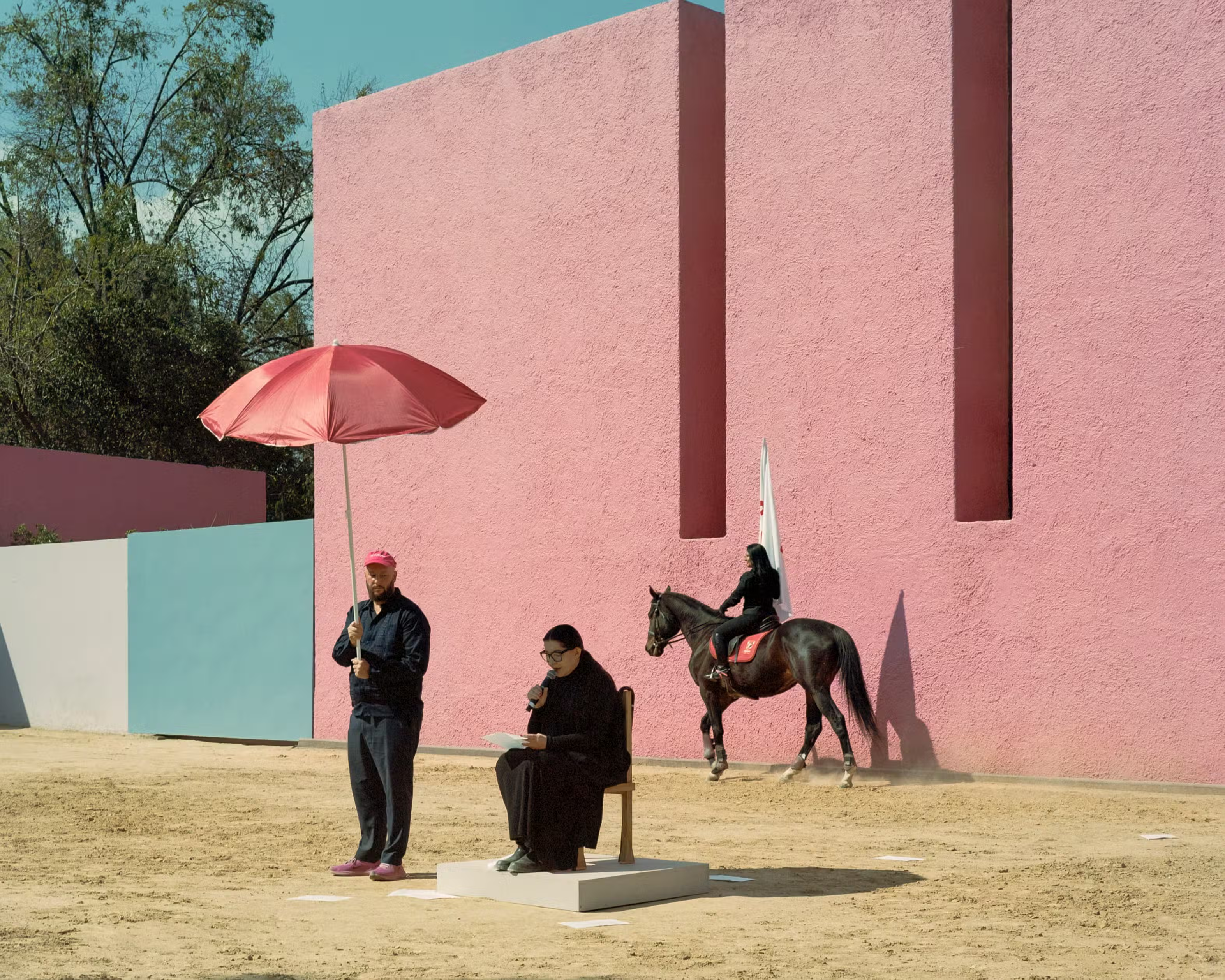
Every February, the art world’s most compelling confluence south of the Rio Grande opens in Mexico City just as its purple Jacaranda trees begin to bloom. What began in 2002 as a modest fair with 25 galleries, Zona Maco has blossomed under founder Zélika García’s steady hand into a cultural tour de force that now hosts over 200 exhibitors. While Zona Maco remains the biggest draw, the week has taken on a life of its own, with satellite fairs like Féria Material and Salón ACME emerging alongside it. Unlike the hyper-commercial feel of competitor events, Mexico City Art Week thrives on its decentralized sprawl. The excitement spills beyond Centro Citibanamex into the streets themselves. In fact, much of the true energy during these days exists outside the fairs—at artist-run spaces, pop-up exhibitions, and impromptu gatherings in crumbling mansions, warehouses, and even public parks. There’s a looseness that makes attendees feel less like they're at an industry trade show and more like they're at a city-wide celebration.
Of course, Mexican and Latin American art remain the week’s primary focus—not just as a regional highlight but as its defining identity, showcased not only through the artworks but also in the programming, which often centers contemporary issues like post-colonialism, migration, and social justice. Rightly so, museums and galleries have timed their marquee shows to match, like Gabriel Orozco’s “Polítécnico Nacional” (“National Polytechnic”) at Museo Jumex, which marks the pioneering artist’s first museum show in Mexico since 2006. Orozco’s exhibition delves into themes central to the country’s identity, from negotiations with its colonial past to what it means to belong in a vastly globalized world.

Inside Zona Maco’s 21st edition, some of the city’s most essential galleries shined. Proyectos Monclova, a cornerstone of Latin American contemporary art since 2005, showcased a dialogue between emerging and established artists. Newcomer Josué Mejía’s motorized birds whirred alongside meditative, geometric yarn works by Eduardo Terrazas, whose quiet influence has helped shape Mexican modernism for over half a century. Similarly, Kurimanzutto, founded in 1999 by José Kuri and Mónica Manzutto, staged a discourse between some of Latin America’s most innovative voices, presenting a range of techniques and perspectives that define the contemporary imagination. Highlights included Abraham Cruzvillegas’ “Taoist Glockenspiel,” a dynamic series of sculptures made from found materials sourced in the city, and Colombian painter Oscar Murillo’s “Manifestation” series, where the artist employed a physically explosive approach to mark-making using tools like sticks or broom handles to create his abstract streaks.
If Zona Maco serves as the week’s commercial anchor, then Féria Material has carved out its niche as the edgier sibling. Founded in 2014, the fair favors risk over predictability, showcasing galleries and artists engaged in experimental and collaborative practices. At Material Volume 11, the distinction between collector and creator blurred into something uniquely Mexico City. I overheard a collector muse on how “fun” it is in comparison to its more serious sister as she admired a suite of giclée prints by Vancouver-based artist Gonzalo Reyes Rodriguez at David Peter Francis’s booth. Her path through the fair revealed the CDMX collector’s characteristic openness to discovery. I lost sight of her at N.A.S.A.L.’s stand, which featured Enrique Garcia’s “Negative Epiphany 7 (Sooner or later everything that is engenders nightmares),” 2025, where corrugated plastic, found images, and stainless steel hardware fused into a meditation on technology’s nefarious promises.

Salón ACME, the most grassroots of the fairs, operates outside the traditional model entirely. Housed in a pair of early 20th-century Porfirian mansions, the space itself is a striking example of Mexico’s architectural history. ACME embraces an open-call structure, giving a platform to unrepresented Latin American artists who might otherwise go unnoticed in a major art week setting. With 79 artists selected from a pool of 1,800 applicants, this year’s edition had some of the week’s most exciting displays. In Bodega, one of ACME’s main sections, unique experimentation abounded. Notable works included Sebastián Córdova’s pair of cardigans fit for a giant and Dessislava Terzieva’s resin-frozen underwear series; both exploring how even the most unassuming, coincidental things can be sculptural.
The gravitational pull of the fairs also extended to independent spaces staging some of the year’s most captivating exhibitions. At OMR, Yann Gerstberger's “2 Feet in One Bucket” (open through April 5, 2025) marks the French artist's second solo outing with the gallery—a tactile exploration of Mexican visual vernacular that feels both familiar and strange. Meanwhile, at LAGUNA, a former industrial complex turned cultural hub in Doctores, La Metropolitana unveiled “Elephant in the Room,” an unexpected collaboration with performance artist Marina Abramović, whose foray into furniture design materialized as sculptural chairs crafted from cocobolo and reclaimed copper. It’s the kind of crossover that makes perfect sense in Mexico City, where boundaries between disciplines dissolve like sugar in coffee.

While other art weeks can feel insular, CDMX’s approach is expansive, with the fairs serving as just one entry point into a wealth of artistic experiences. Material and ACME, in particular, stand out as focal points where conversations about the city’s role in the future of art unfold in real time. This balance—between prestige and experimentation, commerce and creative autonomy—sets the week apart. What lingers isn’t just the art but the sense of discovery and movement, where the city itself is as essential to experiencing the works as the artists themselves. Perhaps most telling of this symbiotic relationship is Fundación Fernando Romero’s plan to transform La Cuadra San Cristóbal, a private residence designed by Luis Barragán, into a public sanctuary. Alongside a permanent exhibition honoring the architect’s legacy, Romero plans to establish an artist’s residency, a library, and other community-oriented amenities. This act of preservation—honoring the city’s past—feels as integral to the city’s future as it does to its growing prestige on the international art stage.




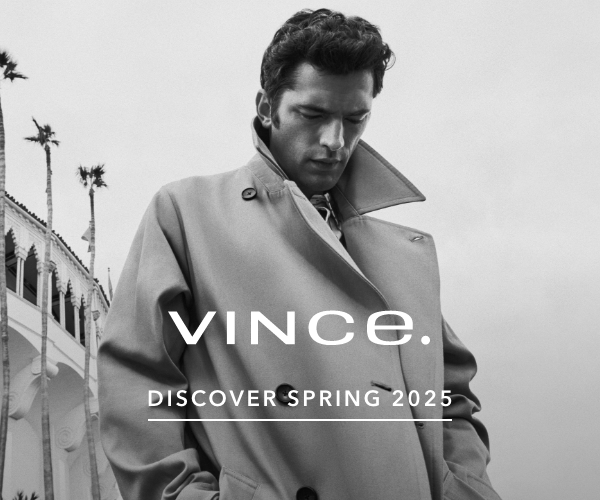





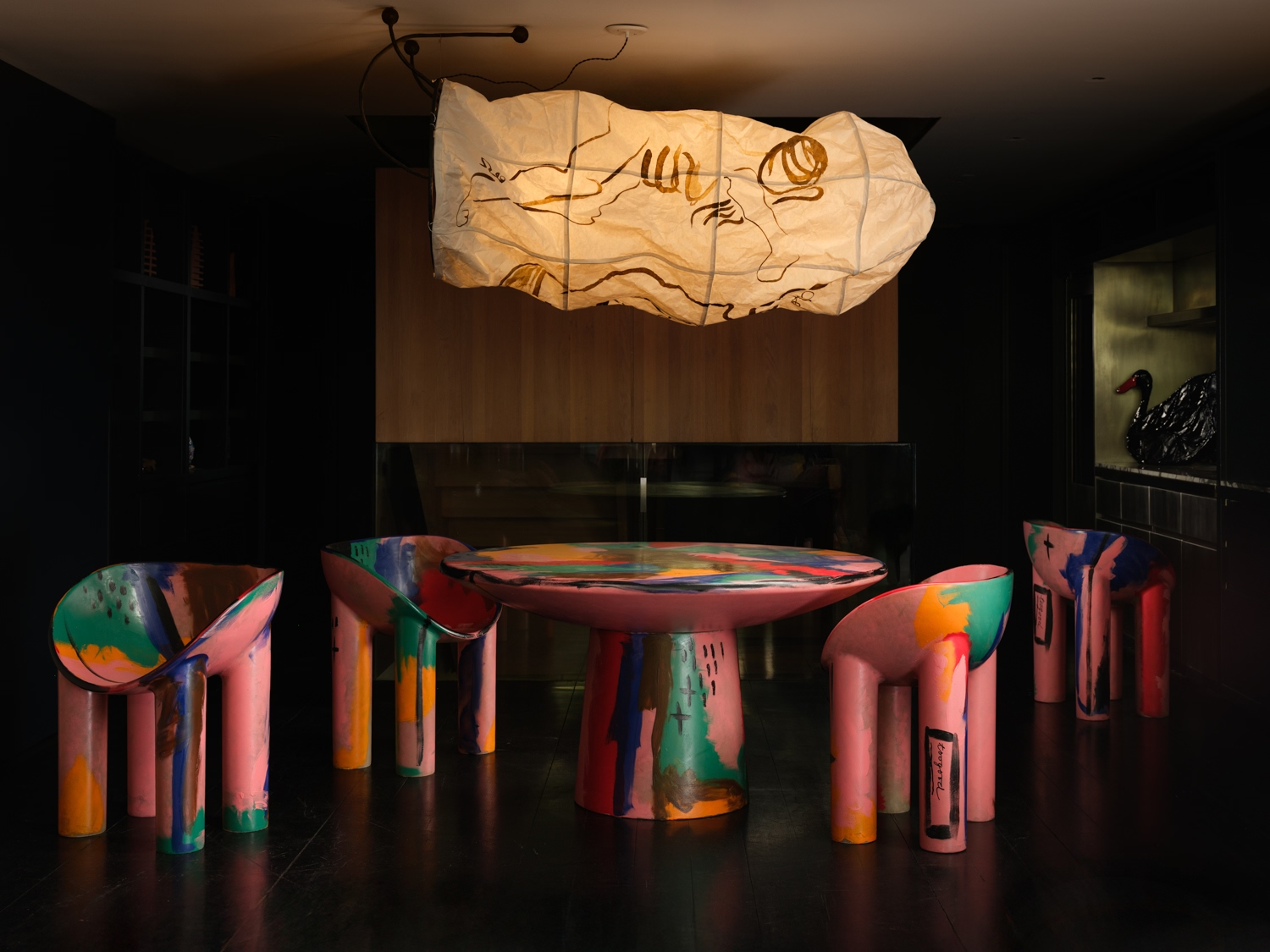
.avif)








.avif)


_result_result.avif)



.avif)

_result_result.avif)

_result_result.avif)
.avif)

_result_result.avif)


_result_result.avif)


.avif)




.webp)

.avif)



















%20(1).avif)
.avif)




.avif)
















.avif)


.avif)





















.jpeg)

.avif)

_11%20x%2014%20inches%20(2).jpg)







.avif)

.jpg)

%20(1).jpg)
.avif)
.jpg)

.jpg)
.webp)


.webp)



.webp)


.webp)


.avif)









.avif)
.avif)

















.avif)

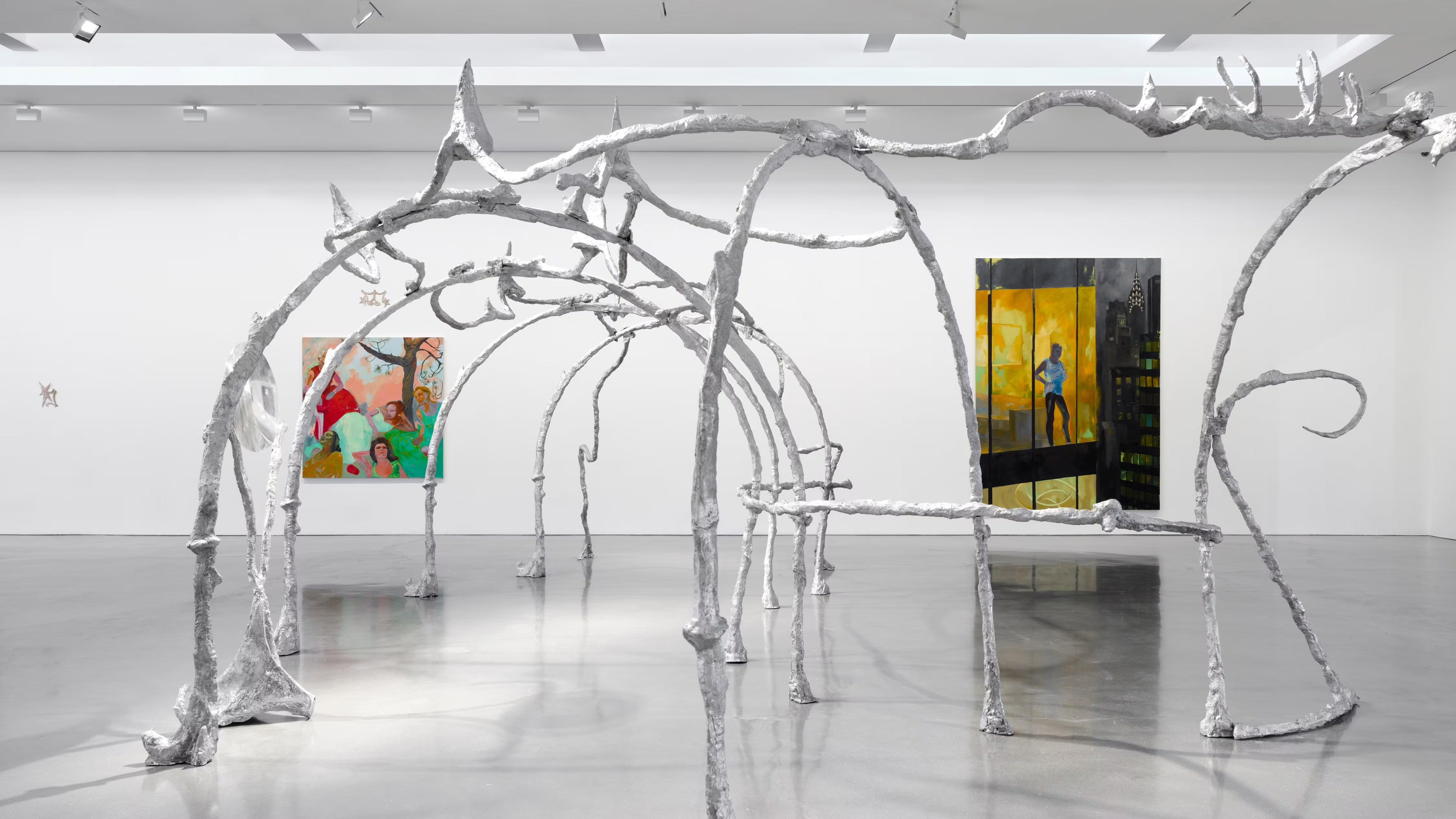







.avif)



.avif)




















-min_result.avif)









.avif)







3_result.avif)
_result.avif)






_result.avif)




.avif)




.avif)













.avif)

.avif)






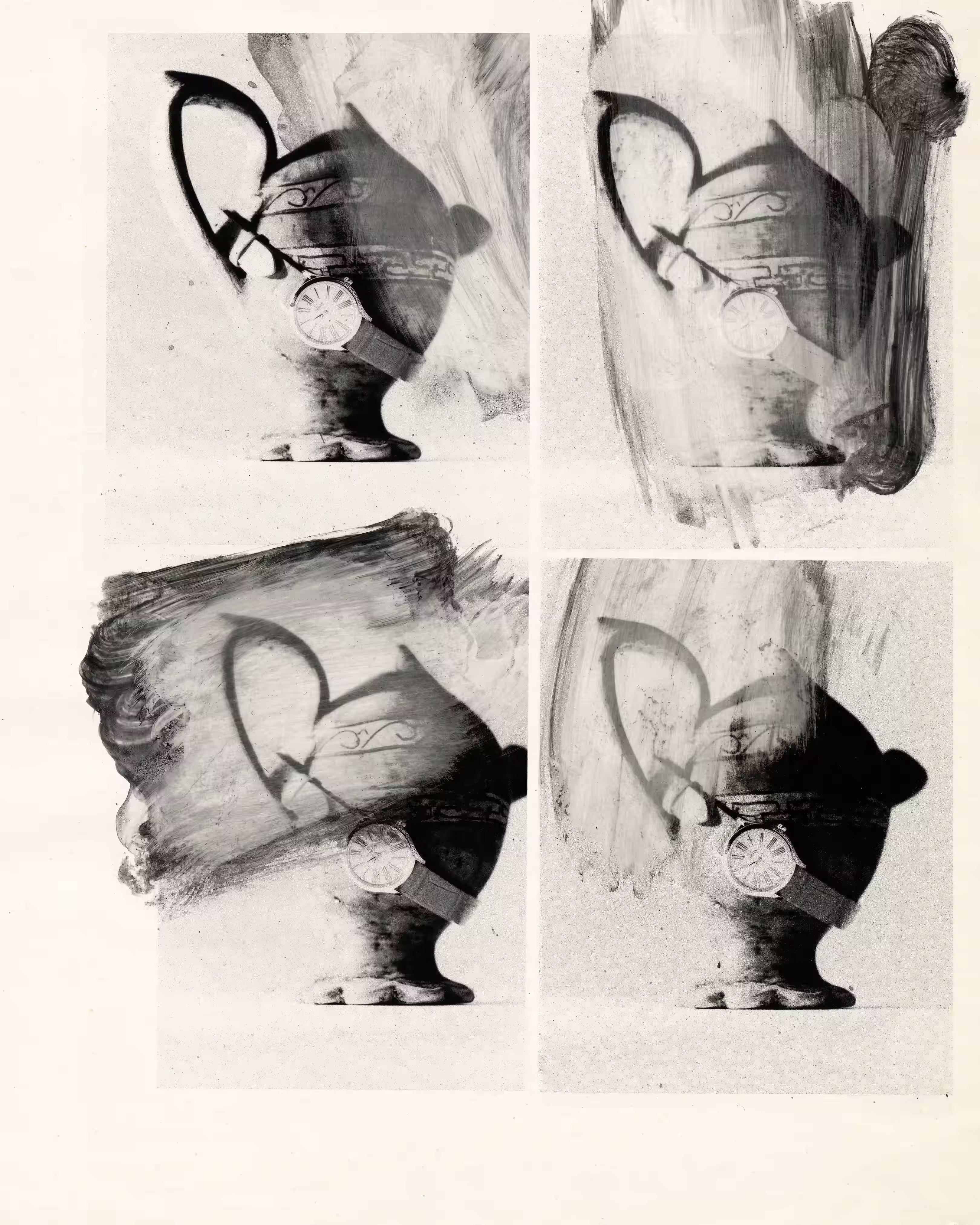




.avif)

.avif)










.avif)



.avif)


_result_result.avif)
















-min_result.avif)






.avif)
.jpg)
















_result.avif)

.avif)


.avif)







.avif)





.avif)

_result.avif)



.avif)















.avif)









.avif)


.avif)














.avif)




.avif)








.avif)

.avif)

.avif)



.avif)


.avif)




.avif)

.avif)

.avif)
.avif)
%20(1).avif)
.jpg)

%20(1).avif)








.avif)
.avif)

.avif)






.avif)



















.avif)
.avif)
